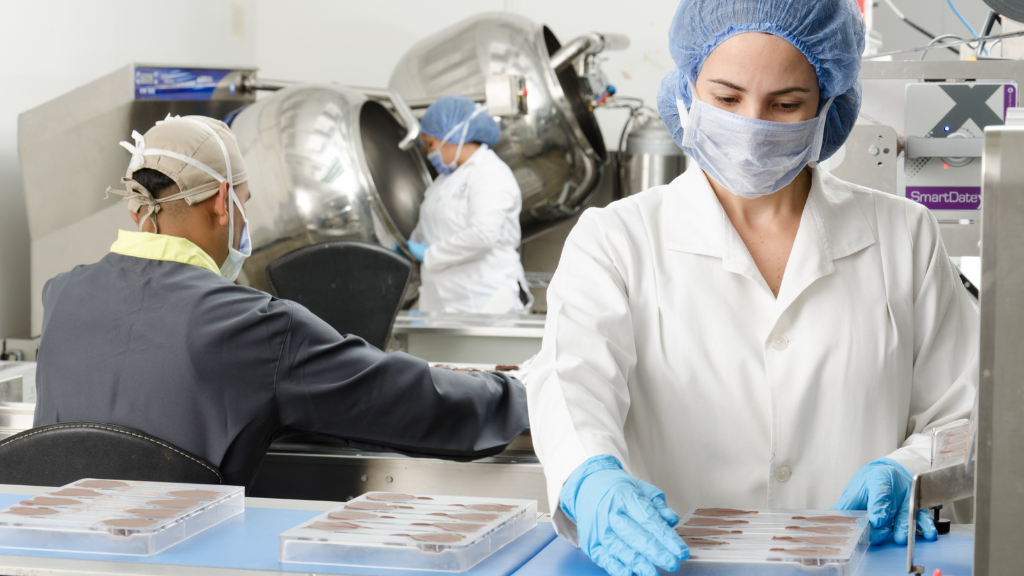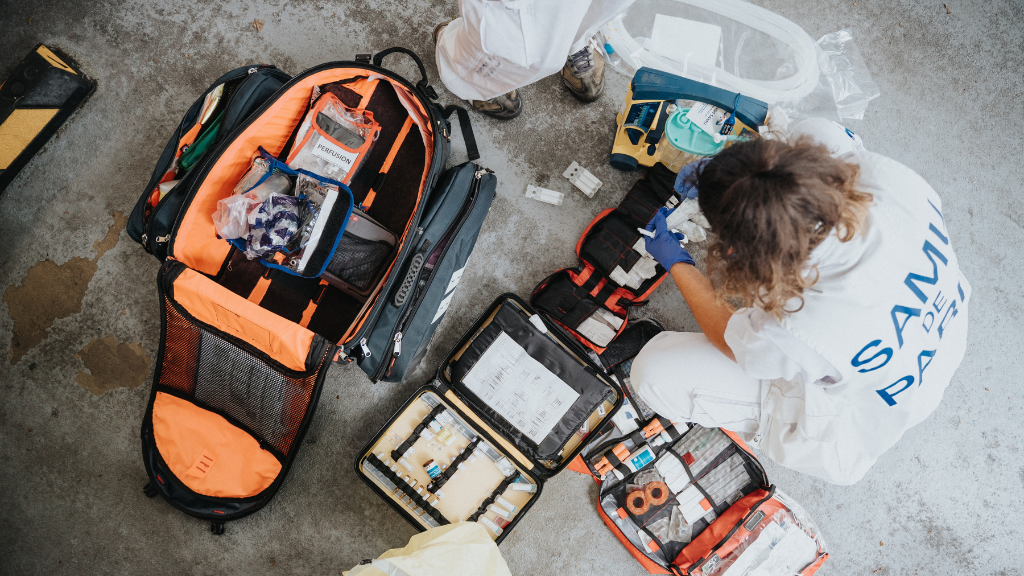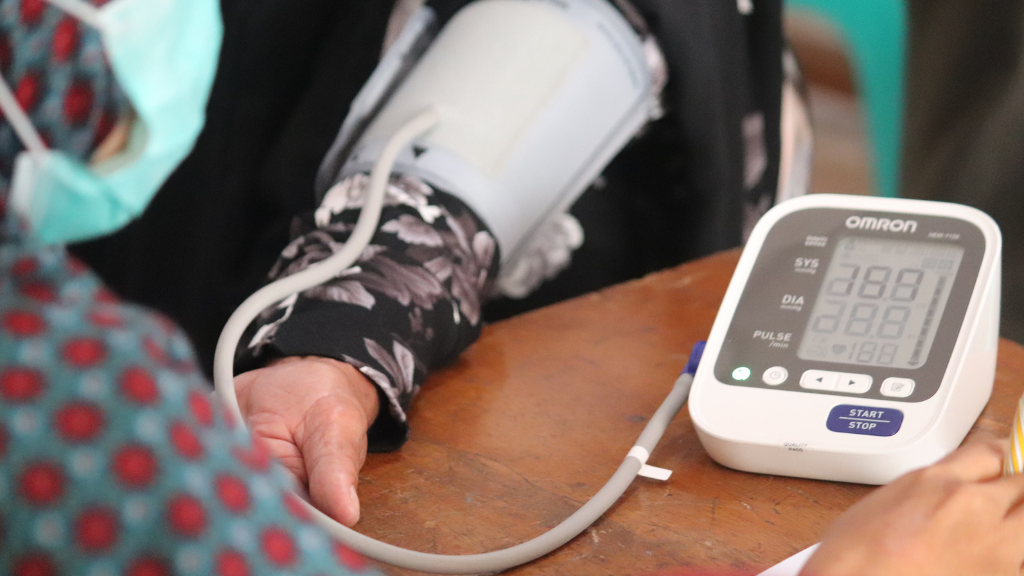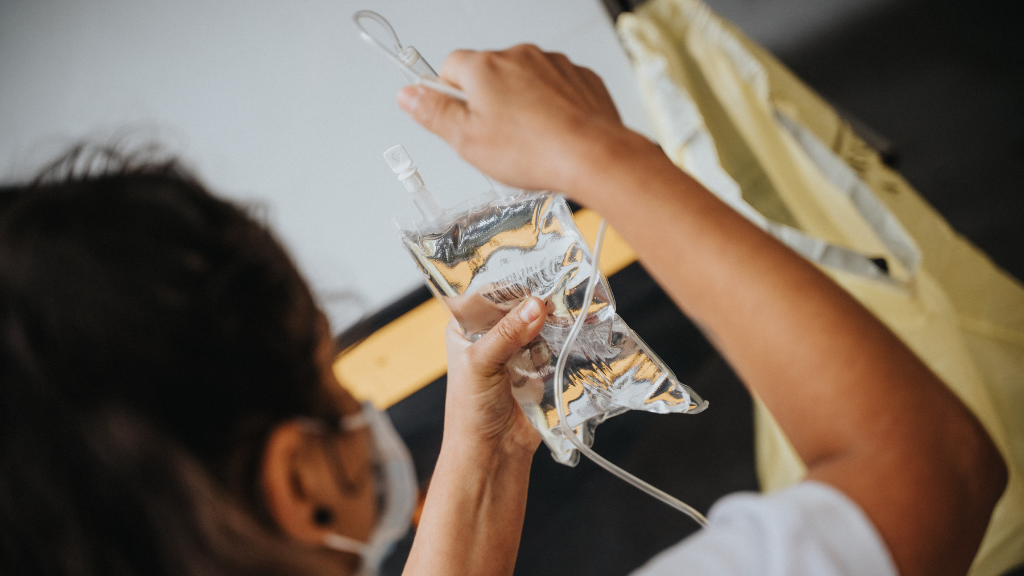Plastics in medical technology – a milestone in the history of mankind
Modern medicine would be unthinkable without plastics. They are used in a wide variety of forms and textures and not only save many lives, but also make the everyday lives of medical staff much more comfortable and efficient.
In this blog, you can find out how the invention of plastic has changed medical technology forever, what areas of application there are and what characterises the production of plastic for the healthcare sector at Rejlek.

Why plastic has changed history in medical technology
What was a doctor’s everyday life like 100 years ago? Not so long ago, medical staff had to rely on components made of glass, ivory or wood for their work: Materials that had to be extensively sterilised before each use in order to (hopefully) be germ-free. No wonder that in such sub-optimal conditions, the chances of survival after an operation or injury were often not good.
How have we managed since the last century to raise medical care to a standard that has significantly increased life expectancy while at the same time meeting the growing demands of an ever-increasing world population? The material this text is centred on – plastic – has played a key role in this.

Although the first plastic was invented in 1868, its use in medical technology only became established in the middle of the 20th century. Today, thanks to their optimal properties, plastics are used in countless medical procedures & aids and have become indispensable in hospitals, surgeries, care facilities and emergency care.
Let’s take a look at the properties that characterise plastic components and where the material is actually used today.
Advantages and application of plastics in healthcare
Why is plastic better than other materials? When it comes to medical technology, hygiene, durability and a wide range of applications are particularly important. For example, plastic does not absorb odours, has good sterile properties and can easily come into contact with water or other liquids without being damaged. In addition, the easy and almost limitless mouldability allows the material to be adapted as required.
Here is just a very small selection of the most common medical components for which plastic is used in whole or in part:
- Syringes
- Blood bags
- Ventilation tubes
- Prostheses
- Contact lenses
- Hearing aids
- Wound dressings
- Medication packaging
- Disposable gloves
- FFP2 or respiratory masks
Another significant advantage of plastics in medical technology is the fact that the materials used – unlike metals, for example – do not trigger allergies and therefore guarantee a high level of safety for doctors and patients alike.
The costs should also not be forgotten. As plastic is usually very inexpensive to produce, not only can the highest standards of hygiene be achieved with sterile disposable products, but good medical care can also be ensured for more and more of the world’s population.

Production of plastic components for medical technology
The fact that medical technology relies on plastics in so many areas places an enormous responsibility on manufacturers. The special regulatory requirements and high safety standards to which the development and production of medical devices are subject require a great deal of experience and high-precision processes as well as excellent management of the process interfaces and the supply chain. Added to this are the often very small size and rich detail of many components, which require particularly high precision.
State-of-the-art injection moulding machines, such as those used by Rejlek, enable cost-effective series production of products for medical technology that are required in large quantities. These machines are increasingly working on a fully electric or hybrid basis to heat and melt various plastics in order to subsequently plasticise them and shape them into the desired form. In particular, disposable products such as PCR test kits or diagnostic sample containers, but also other components, can be produced quickly and in high quality in this way.
Other manufacturing processes worth mentioning are plastic welding and plastic extrusion, which are used to produce tubes, films and bags for medical use, among other things.

Conclusion: Medical technology needs plastics – and strong partners
Plastic has changed medicine forever. The production of high-quality, cost-effective plastic items for the healthcare sector is not an easy task, but it is an essential one. This makes it all the more important to be able to rely on manufacturers with expertise and a comprehensive range of products that not only cater to individual needs but also fulfil all legal requirements.
At Rejlek, we take this responsibility seriously and are proud that our customers can rely on us throughout the entire production process. It goes without saying that we produce in an ISO 8 clean room in compliance with ISO 13485 requirements and also manufacture the injection moulding tools we use ourselves. This comprehensive range, the use of both thermoplastics (TPE) and liquid silicone as well as our many years of experience speak for themselves.
Are you looking for a proven and competent partner for the production of medical plastic components? Then send us an enquiry for your individual project right away.



